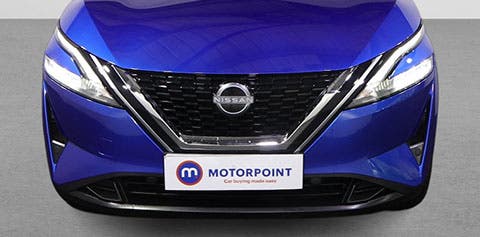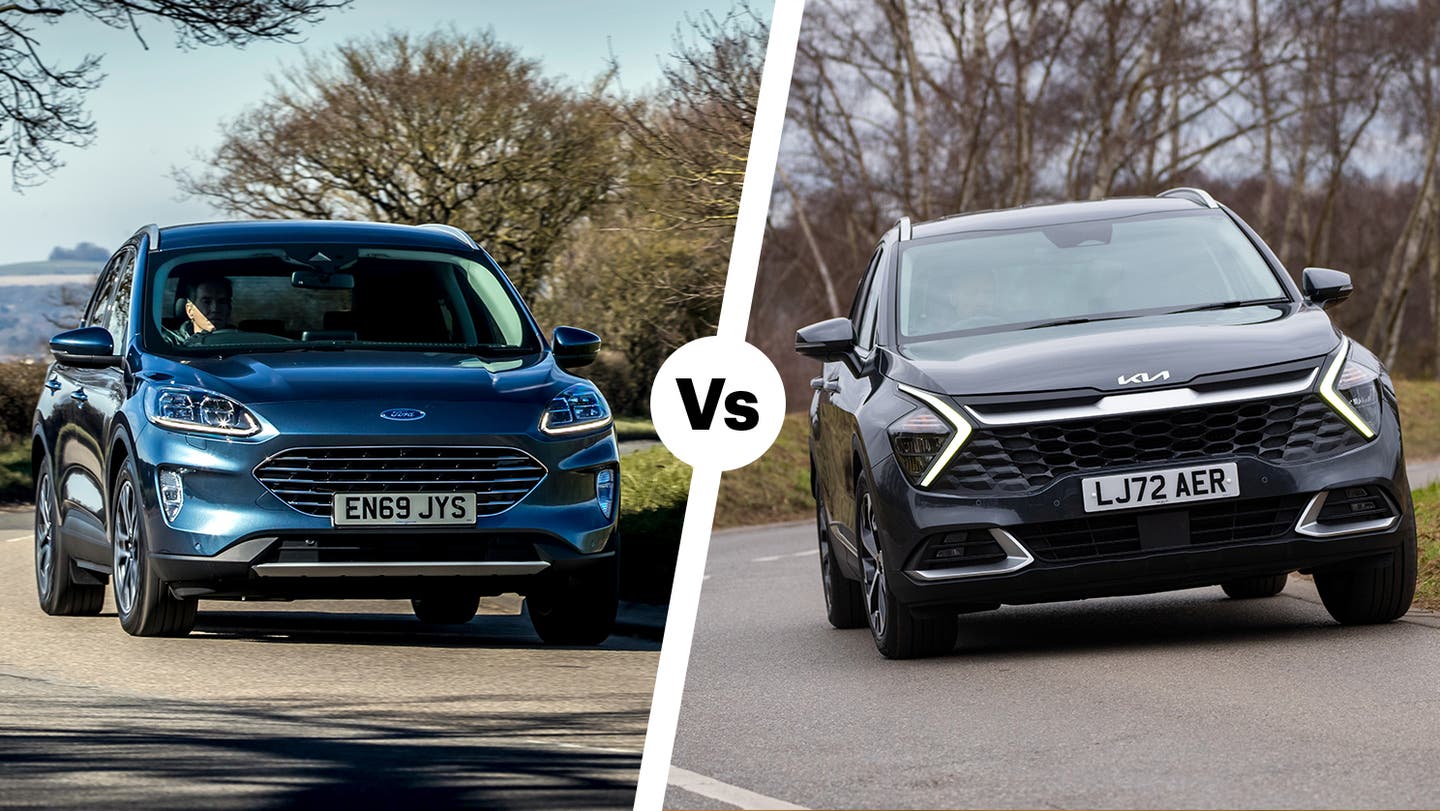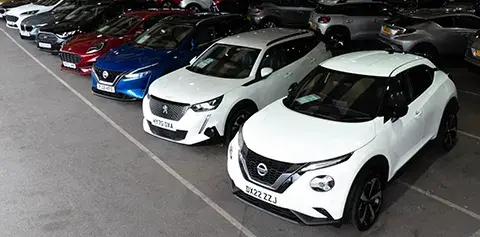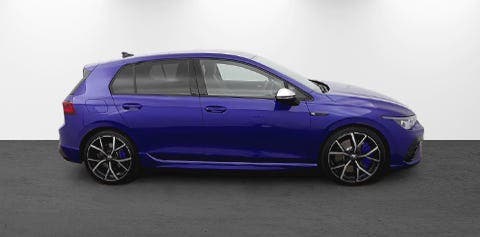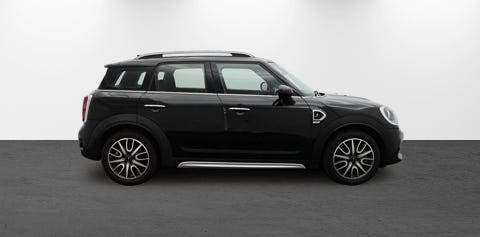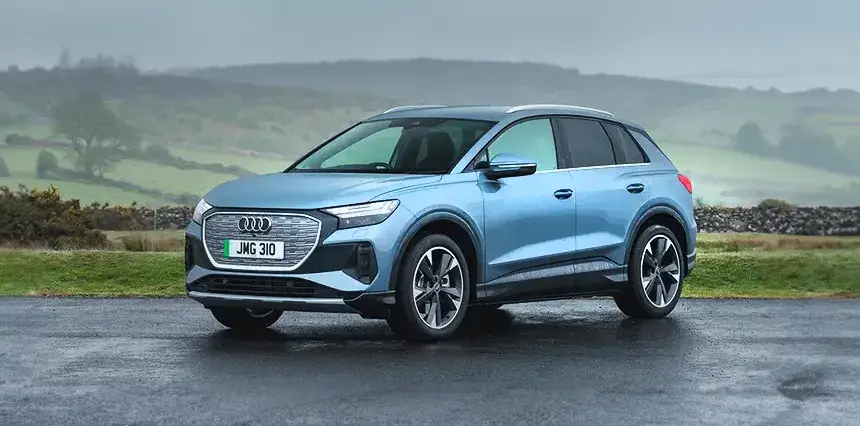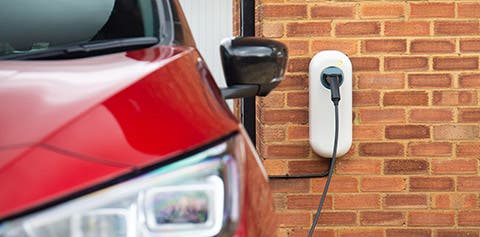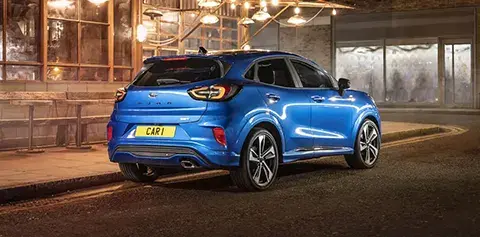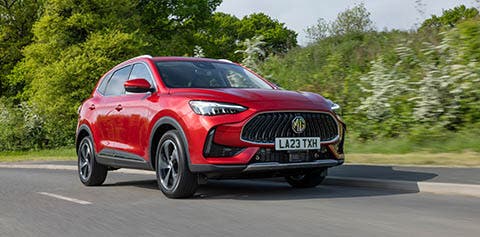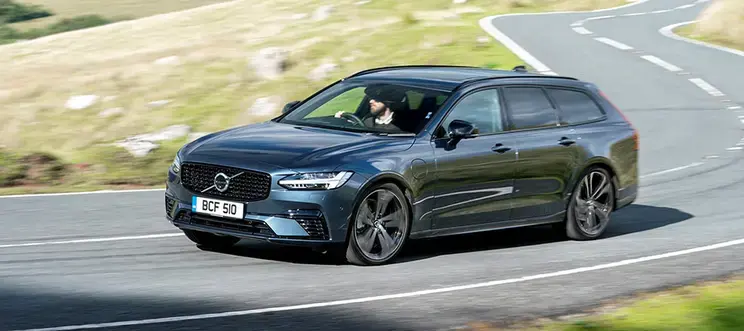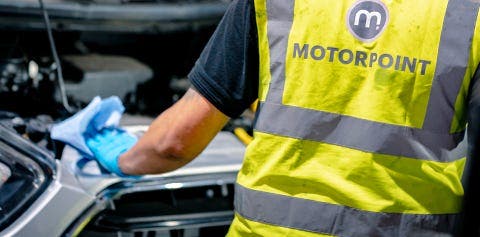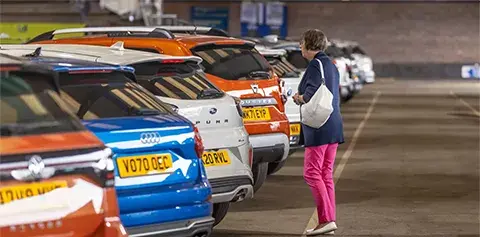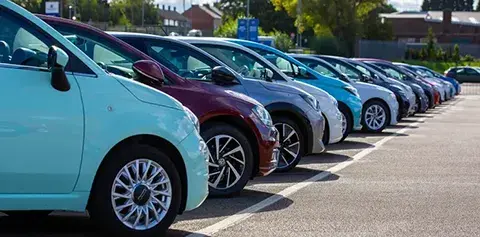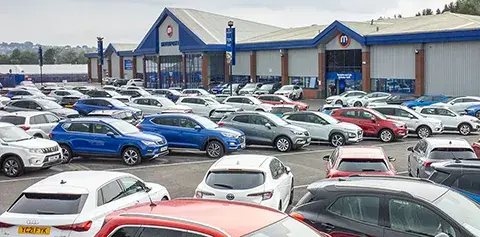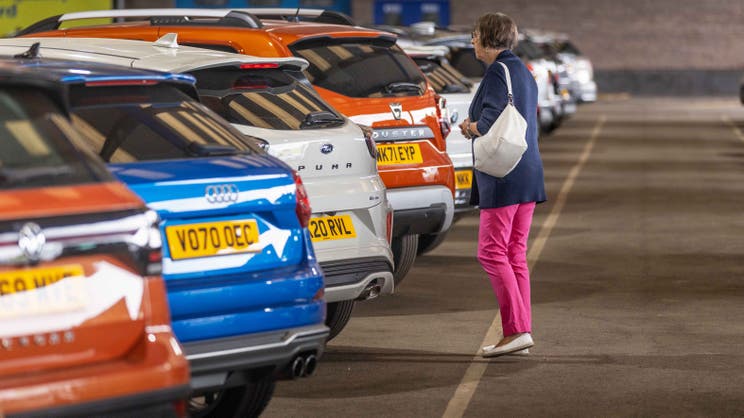With the recent release of the new '73' plate, we've updated our guide to UK registration plates and what they mean
Maybe you've never really paid much attention to the seemingly random letters and numbers on your car's registration plate, or maybe you've been holding out for the latest registration for your new car.
Either way, our guide will help you decode UK number plates and understand what those seven digits mean – and why new car sales are typically higher in March and September than all the other months.
What do the numbers and letters mean on a number plate?
The easiest way to get your head around the letters and numbers is to break the registration plate down in sections.
There are two letters at the beginning, then two numbers and then the last three letters – unless you have a private plate or a car registered before September 2001.
The first two letters indicate the area code where the vehicle was registered. Some of these are easy to decode – registrations starting in B come from the Birmingham area, for example, and cars that have S at the start of the plate come from Scotland.
The two middle numbers show what year the vehicle was registered. If the car was registered between 1 March and 31 August 2021, for example, you'll see the number 21. We'll explain the numbers fully in a second.
Finally, you'll see three letters at the end. These are usually completely random, and allocated to the car when it's registered. If you're buying a new unregistered car, you may be able to choose from the dealer's available number plates.
Number plate requirements when driving outside of the UK
You may also notice a national flag on the occasional number plate or abbreviated initials of a particular country. This is still very much allowed and the Union flag with ‘UK’ lettering will allow you to travel in your UK-registered vehicle around Europe.
If your number plate has any of the following, you will need to display a UK sticker clearly on the rear of your vehicle:
- A Euro symbol
- A GB identifier with the Union flag
- A national flag of England, Scotland or Wales
- Numbers and letters only (with no flag identifier)
If you’re driving in Spain, Cyprus or Malta, a UK sticker MUST be displayed, regardless of what is on your number plate.
If you have a GB sticker on your car, this must be covered or removed.
More info on the changes and when they came in to effect can be found here.
How do the numbers on my car registration align to a year?
On UK number plates, there are two numbers that represent the year.
Registration changes went from annual to twice yearly in 1999. Shortly after that, in September 2001, the current format number plate was introduced.
Cars registered from March to August used to begin with a ‘0’ for all the years ranging from 2001 (01)-2009 (09) and then a ‘1’ for the year’s 2010 (10)-2019 (19). Now we have moved into the year 20s, the numbers now begin with a ‘2’ (e.g. for 2021 it is 21).
The numbers you see on the registration plate can help you calculate the age of a car. Cars registered in March to August will be aligned with the calendar year. Cars registered from September through to February will have the same number as the year we are in, plus 50. So, from September 2023 you will start seeing 73 plate cars.
The table below breaks down the new format number plates you are likely to see on the roads by year:
| Year | 1 March to 31 August | 1 September to end of February | Year | 1 March to 31 August | 1 September to end of February |
| 2001/02 | 51 | 2016/17 | 16 | 66 | |
| 2002/03 | 02 | 52 | 2017/18 | 17 | 67 |
| 2003/04 | 03 | 53 | 2018/19 | 18 | 68 |
| 2004/05 | 04 | 54 | 2019/20 | 19 | 69 |
| 2005/06 | 05 | 55 | 2020/21 | 20 | 70 |
| 2006/07 | 06 | 56 | 2021/22 | 21 | 71 |
| 2007/08 | 07 | 57 | 2022/23 | 22 | 72 |
| 2008/09 | 08 | 58 | 2023/24 | 23 | 73 |
| 2009/10 | 09 | 59 | 2024/25 | 24 | 74 |
| 2010/11 | 10 | 60 | 2025/26 | 25 | 75 |
| 2011/12 | 11 | 61 | 2026/27 | 26 | 76 |
| 2012/13 | 12 | 62 | 2027/28 | 27 | 77 |
| 2013/14 | 13 | 63 | 2028/29 | 28 | 78 |
| 2014/15 | 14 | 64 | 2029/30 | 29 | 79 |
| 2015/16 | 15 | 65 | 2030/31 | 30 | 80 |
Am I allowed to modify my number plate?
There is some confusion around what is and isn’t allowed when it comes to number plates and modifications to private plates. You're not allowed to change the font of your number plate, and you're not allowed to mess around with the spacing or putting on coloured screws to change the appearance of a digit – for example, putting a black screw between '11' to make an H shape.
Tinted number plates are illegal, but 3D/4D plates and short plates are legal – as long as they meet the correct standards around the font, spacing and so on.
If you get caught with an illegal number plate on your car, you could be fined up to £1,000. You'll also fail your MOT test if you present your car with an illegal plate.
What do the green coloured blocks on number plates mean?
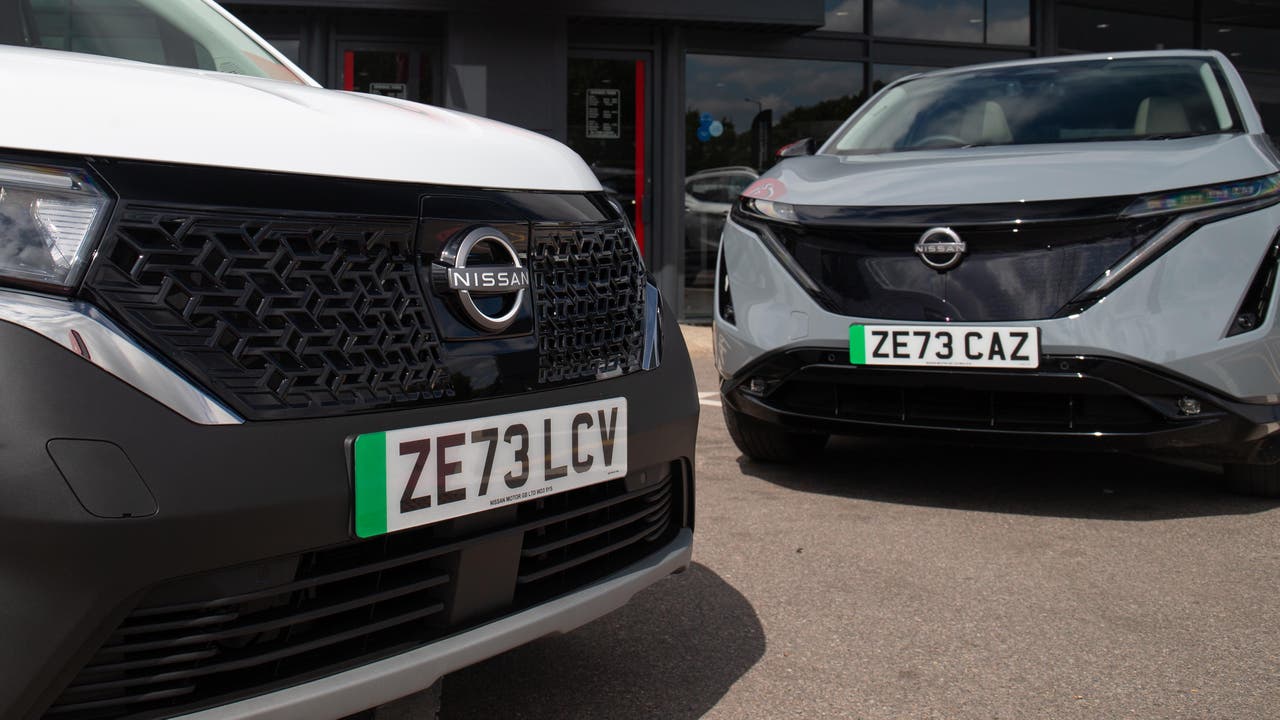
You might've noticed there are more and more number plates with green bands. This is to raise awareness of zero-emission vehicles on the road, so you'll find them on fully electric models and the handful of hydrogen vehicles on sale. Green number plate flashes aren't allowed on petrol, diesel or hybrid cars.
By 2035, there's a good chance every single new-car registration plate across the UK will be green!
Looking to upgrade to a newer plate?
Motorpoint sells used and nearly new cars, so you’ll find a great choice of cars only a few years old, with low mileage and all sold with a warranty.
Browse our whole range online, search by newest cars first or visit your nearest store to take a closer look at any that catch your eye and take a test drive.

